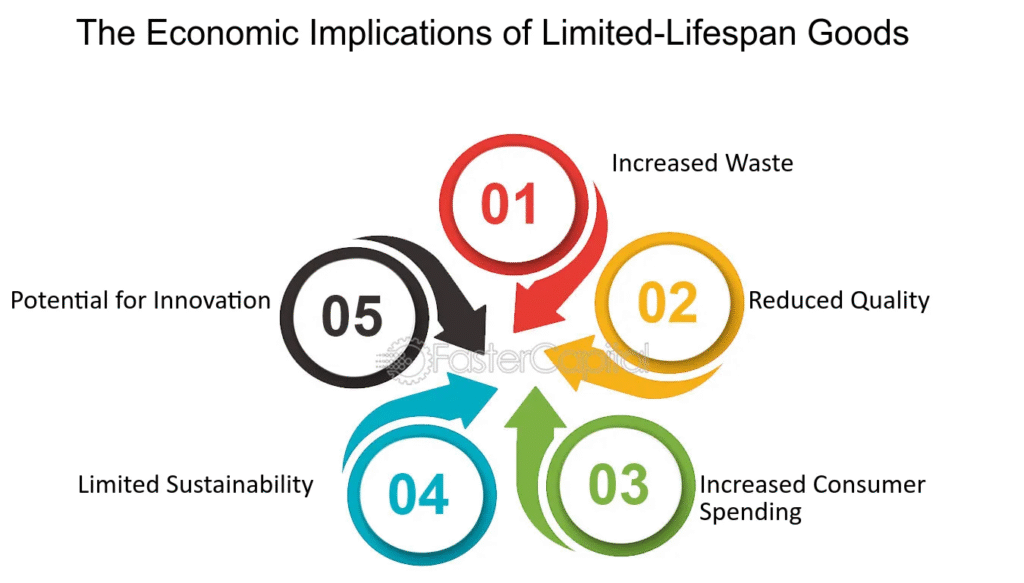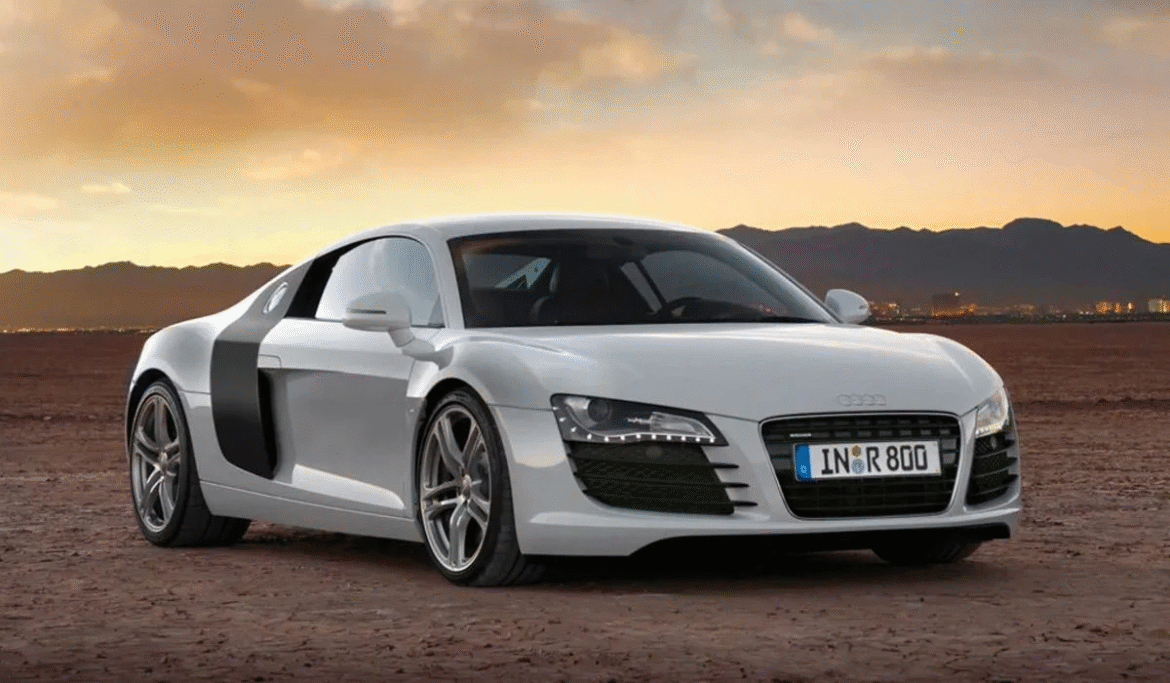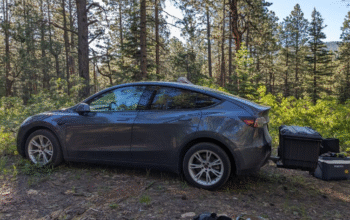We all know that rare Ferraris, classic Porsches, and early American muscle cars are cllector’s gold. But what if I told you that you can invest in a car today for less than $10,000 that may become highly sought after down the line? It sounds impossible, and while this may not always be the case, the historical fact is that future classics were not all expensive to start with. In fact, many of the bargain cars of today may be the cult classics of tomorrow.
Finding a future classic while it is still affordable is mre than luck. It takes an eye for detail, a sense of automotive history, and the ability to spot a diamond in the rough. Not every budget car will become a classic, but some have traits that will give you a clue as to the ones that may be collector vehicles year from now.
And here is how to spot a budget car today that could be worth way more tomorrow.
Look for Unique Styling or Unusual Design

The first sign that a vehicle could become a future clssic, is its design. Vehicles that have a unique presence, even if they are entry-level, tend to have the longer lasting impression. Vehicles that are flair, polarizing, or futuristic will tend to last longer through time than vehicles that are completely bland. Vehicles that were initially met with disdain from the masses may harbor design details that car enthusiasts or other buyers are in love with and attract a following long lives after their initial sale.
An example of this is the 1st-generation Honda Insight first sold in a rounded teardrop shape and rear wheel skirts. When it hit the street market, it was openly criticized, but now is hailed as a futuristic monument to hybrid tech. Similarly, the quirky, boxy Scion xB or retro-inspired Nissan Cube were polarizing designs of their time, but now have dedicated niche fan bases.
When looking at any budget offering vehicle, ask yourself does the vehicle “dare to be different“? If the vehicle attracts attention and conversation, it’s possible that there will be future interest.
Limited Production Numbers or Short Lifespan

Whenever there are cars that were only made for a little while or in small numbers, they tend to appreciate in value over time. Limited supply creates scarcity and once a model becomes likeable in the collector world, the demand increases. This also applies to bottom-feeding bdget cars that had poor sales or ran for only a few years. For example, the Pontiac Aztek—when it originally came out, it got hammered from all angles, but I think now, it has become more appreciated for its audacity and associations to pop culture, through Breaking Bad. Or the Subaru SVX, which had a unique design, and it had even more prodction limitations but was hated because it was priced higher than its predecessor.
Check how many units were made, and if the model was made for very long. The rarer it is the better its chances are for becoming a classic.
Cult Following and Online Communities

A strong sign of a future classic is an active community of enthusiasts. Vehicles that develop a loyal following—particularly on the internet—generally find themselves rising to collectible status over time. If you see people constructing forums, Facebook groups, or YouTube chnnels around a certain budget vehicle, that’s a Huge Green Flag.
Some examples of fandom include the Mazda Miata, which started as an inexpensive vehicle but now has an enormous following. Even the simple old Geo Metro has a bit of fanfare around it simply due to its remarkable great gas mileage, and being quirky.
Search Reddit, Instagram or car forums and see if the car you are interested in shows a growing or passionate fanbase. Enthusiast support is a big reason that keeps a car alive long after it is out of production.
Innovative Technology for Its Time

Budget cars that pioneered new technology or were simply ahead of their time are often considered ahead of their time or groundbreakers. While they failed to connect with consumers when new, within a few years they are recognized for their pioneering or innovation.
The original Toyota Prius—while not totally fabulous—was the first mass market hybrid vehicle. Today it is recognized as a landmark vehicle in the evolution of the car. The same goes for the Mitsubishi i-MiEV—a completely electric car that was released well before its time and never found a commercial foothold, but has historical significance.
Consider budget cars that were groundbreaking—at least in terms of fuel economy or safety, infotainment, or electrification. Even though they may appear mundane today, they may also warrant classic status in the future as historical vehicles.
Motorsports or Pop Culture Connection

A car is more likely to become a future classic if it has some impact on automotive racing history, movie history or gaming culture. Pop culture influences how we think about cars decades later.
Take the Acura Integra as an example. It’s a car that has seen significant popularity through video games like Gran Turismo and Need for Speed as well as street racing scenes. Another example is the Dodge Neon SRT-4 – a car that definitely wasn’t on everyone’s radar and was overshadowed by other performance vehicles. However, it became a tuner legend for its surprise performance and participation in grassroots motorsports.
Even less-than-special affordable vehicles with no racing legacy might be classified as a future classic vehicle if they were featured in a movie, music video, or a classic television show. If a vehicle becomes a fixture in our memory because of popular media, it has the potential to become relevant for a long time.
Strong Aftermarket Support or Tuning Potential

Certain economical vehicles achieve classic status because they are custom-built to modify. If a motor vehicle is prone to modifying for speed, trim, or sound, the odds are favorable for it to generate a legacy within the enthusiast culture. If a vehicle has a robust aftermarket parts support or a dedicated tuning community, it is more likely to be valued and restored for years to come.
The Honda Civic is the quintessential example of this. The Civic originated as an inexpensive commuter sedan but was eventually engineered for maximum tuning potential and became synonymous with car culture in general for decades. The same can be said for other older Subarus, Mazdas, and even certain economical Volkswagens.
If you find an inexpensive car that the gearheads can’t resist working on, you have likely found a vehicle with a life that exceeds its original value.
Simple, Durable Engineering

Future classics might not always be extravagant or sexy and they may often be practical vehicles. Vehicles that are well engineered, highly reliable, or constructed simply and effectively, will generally last longer and develop a legacy for reliability. Reliability is critical because people are going to want to save, and ultimately pass on, that vehicle because of its characteristics.
Toyota’s early-Carola AE86 was at one time an economy car, and now it is an incredible drift car highly sought after by collectors, along with classic vintage Honda CRX, and older Nissan Sentras.
An additional tenet of how possible it is for a car to be restored or retained long enough to become a classic is related not only to reliability, but how it was and perceived as reliable either known for its bulletproof reliability and simple mechanics, or affordable repairs especially if parts are not available.
Originality and Condition Matter Most

Even if you have found a potential future classic, there is one major factor that will impact future value, and that is originality. A collector would rather have an unmodified, well-cared for car than a modified one, so if you’re going to buy a car on a budget today hoping it will increase in value be sure to look for one that is in factory condition, low mileage, and has full service records.
Don’t think long-term if you’re going to make heavy modifications, paintwork, or use any non-OEM parts. A clean original example of a rare, or just interesting budget car will nearly always be worth more down the road.
Garaging the car, not letting it rust, and regular maintenance are going to go a long way to maintaining the original condition of the car and ultimately desirability.
Some Budget Cars Already Turning the Corner
If you want to see examples of budget cars already gaining classic status, here are a few rising stars:
Mazda MX-5 Miata (NA and NB generations)
Honda CRX and Civic Si (late 80s to early 2000s)
Toyota MR2 (especially the mid-engine models)
Volkswagen Golf GTI (especially Mk1 and Mk2)
Subaru Impreza 2.5RS and early WRX
Chevrolet Cobalt SS
Ford Fiesta ST
Mini Cooper S (first-gen BMW-built models)
Nissan 240SX
Acura Integra and RSX
These cars all started out affordable. Many were even dismissed when new. But now, their values are climbing, and collectors are snapping up clean examples wherever they can.
Conclusion: Don’t Overlook the Underdogs
Not every budget car is destined to become a classic, but many of today’s undervalued models could be the next big name. Some affordable cars, when all the right boxes ticked, will one day achieve this respect, whether it’s down to design, engineering, performance, or nostalgia.
If you love cars and want to get a jump on the market, take note of the cars that are flying below the radar today. The ideal future classic could already be parked on the used car lot or even parked in your driveway.




